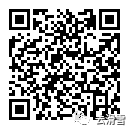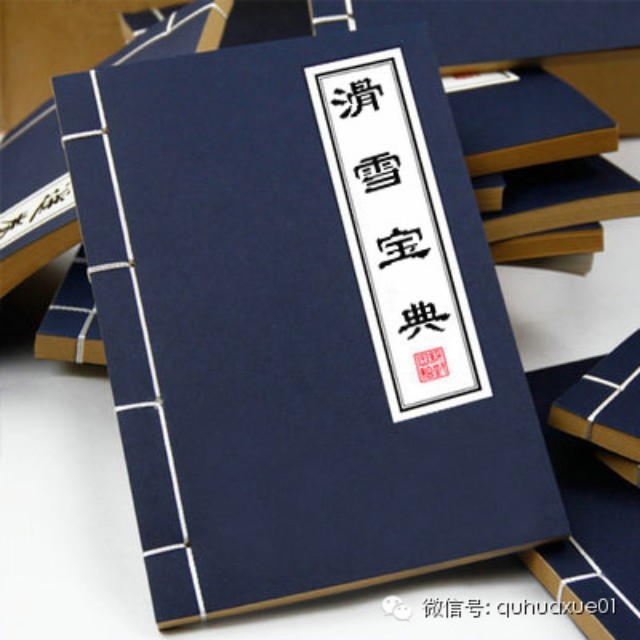The cornerstone of the NZSIA New Zealand Ski Instruction System
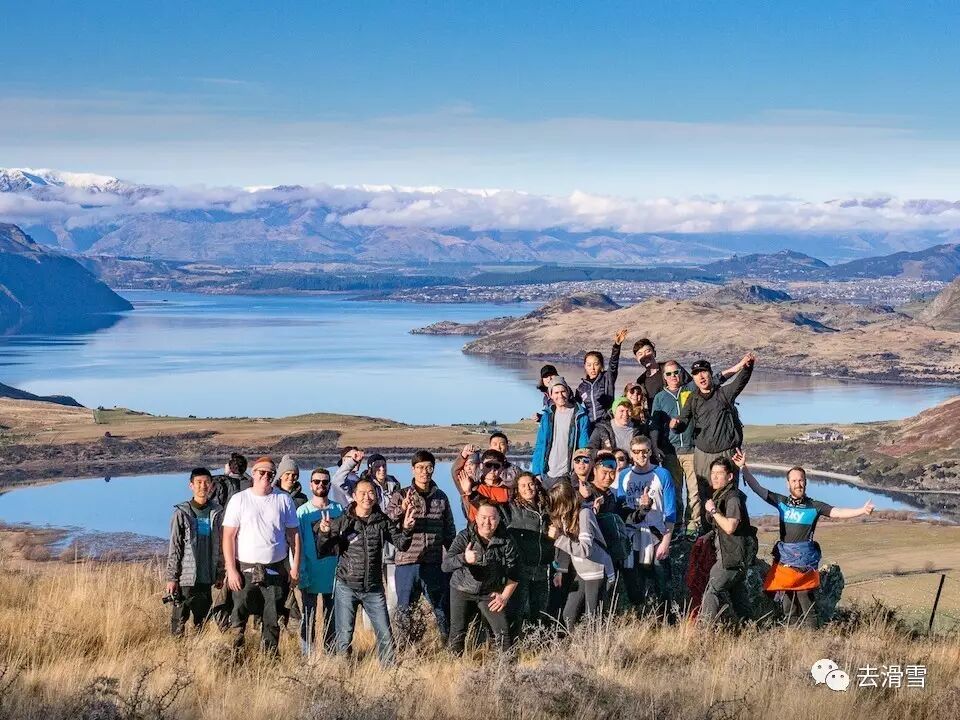
As a brand-new official WeChat account, we’d naturally like to start with a quick self-introduction. My colleagues and I completed the NZSIA Level 2 New Zealand Ski Instructor Certification—a rigorous 11-week program—at Rookies Academy in Wanaka, on New Zealand’s South Island, from July to September 2017. Our training took place at the iconic Three Peaks ski resort, seamlessly blending hands-on skiing practice with comprehensive theoretical instruction throughout the entire process. This account is dedicated to sharing accurate, well-researched ski knowledge—alongside our personal insights and experiences gained during this transformative journey.
A few days ago, I came across a post on WeChat Moments titled “Newbies Don’t Get Confused While Skiing,” which further solidified my idea of launching this public account. To give you an example that doesn’t target anyone specifically: the phrase “don’t get confused” actually refers to shifting your body’s center of gravity toward one side of the ski or increasing the pushing force on that particular ski to change your direction… When skiing and turning, it’s all about using your body’s shifting weight to guide both your feet and skis—so if you try to turn solely by moving your feet without engaging your core, you’ll simply lose control and fail to make the turn. Perhaps the person who wrote this passage is already an experienced skier, but anyone with even a bit of skiing experience can spot plenty of inaccuracies in their explanation. It’s easy to imagine how misleading such advice could be for beginners. Yet, establishing the right skiing mindset early on can save newcomers from countless detours—and prevent them from hitting frustrating, seemingly insurmountable roadblocks later in their journey, especially as they progress to intermediate and advanced levels. Of course, this was just my way of sharing the motivation behind starting this public account.
For our first presentation, let’s kick off with a few stunning shots of New Zealand’s picturesque towns—all captured firsthand by our team members. After that, I’ll briefly introduce the theoretical framework underlying NZSIA: the four key movements.
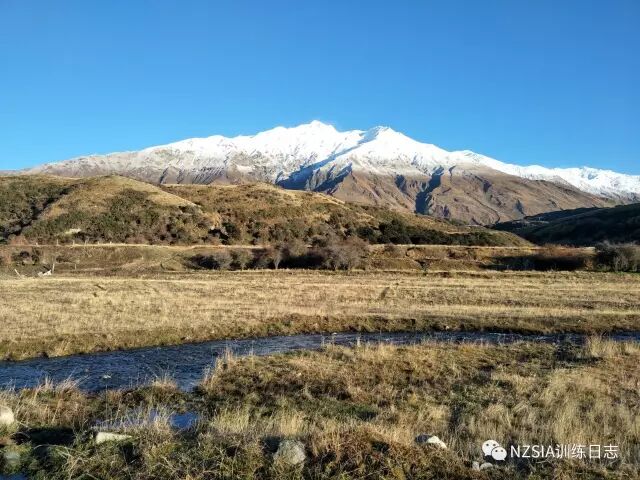
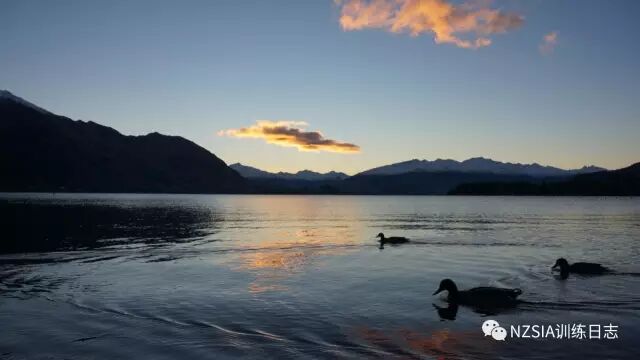
The images serve as the dividing line—this is also a major highlight of today’s log, because there are *plenty* of beautiful pictures!
The theoretical foundation of the NZSIA system is built upon four types of movement: fore/aft movement, vertical movement, lateral movement, and rotational movement—also known as forward/backward motion, up-and-down motion, side-to-side motion, and axial rotation.
I try my best to translate the content in the most accurate and clear way possible, since translation can sometimes lead to lost nuances or unclear meanings. For example, Ryan mentioned the term "yin shen," which is commonly used in Chinese teaching—something I still vividly recall feeling completely confused about when I first heard it. In reality, though, it’s simply an extremely straightforward concept: an "extension." To put it another way, its opposite is "flexion"—the act of bending. These two terms naturally complement each other in teaching, yet the term "yin shen" can indeed leave beginners struggling to grasp the key idea.
Meitu Refocuses on Key Priorities
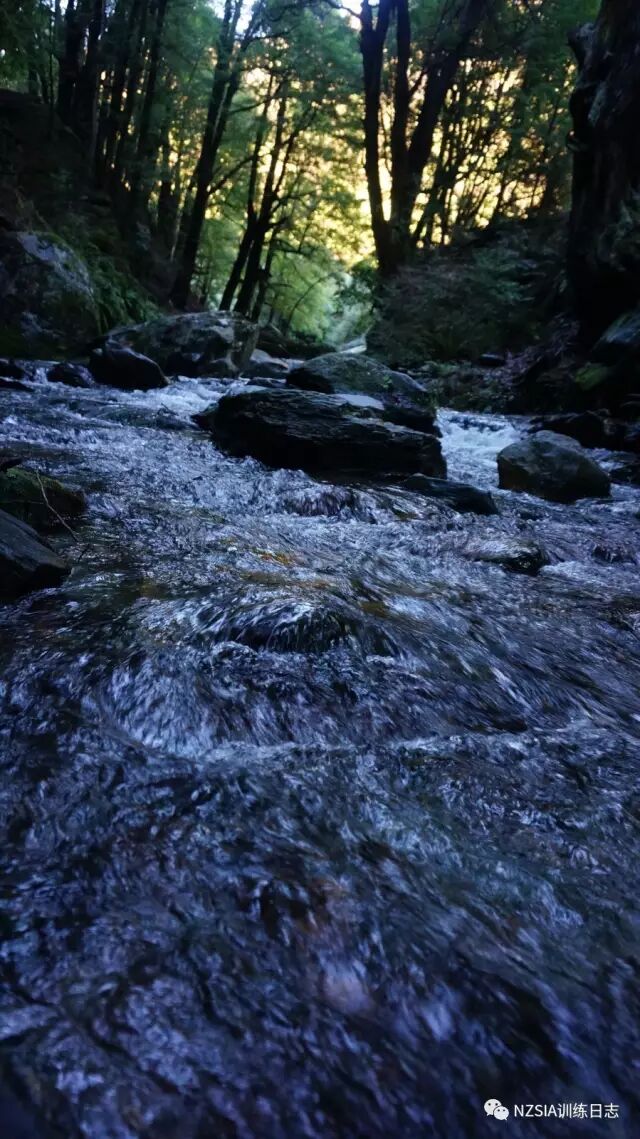
The literal meanings of the four movements are easy to grasp—now, here’s my personal insight: these four movements are defined relative to the standing position, involving both partial body motions and shifts in your center of gravity. That’s why the term "vertical" often refers more specifically to the body’s flexion or extension relative to the snow surface, rather than to a purely vertical direction.
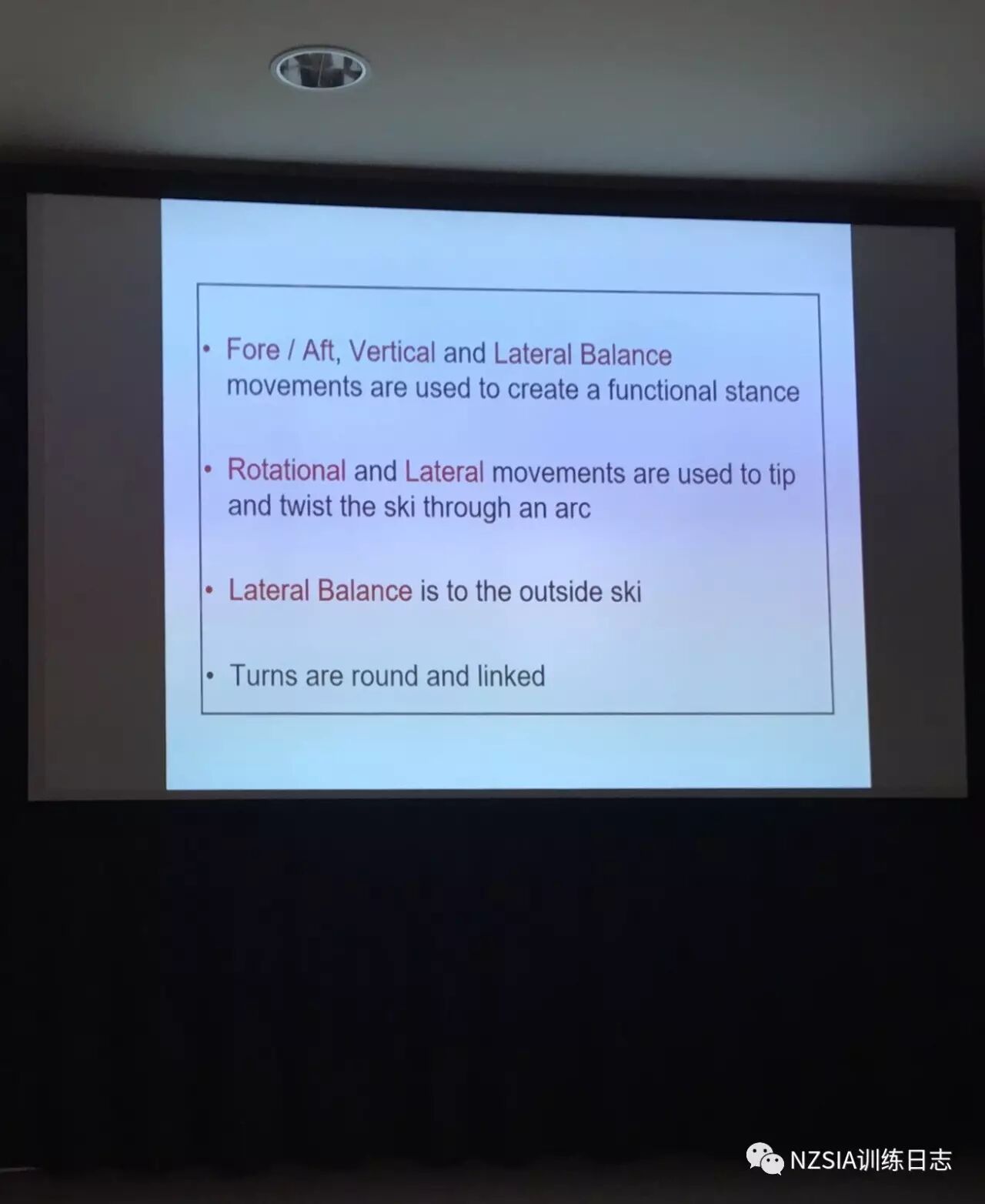
Forward, backward, vertical, and lateral movements are essential for establishing an effective athletic stance. The importance of this athletic stance—and how to develop it, along with techniques for feeling it—will be detailed in a future post. For now, let’s keep it simple: it’s absolutely crucial, as it ensures both stability during all gliding motions and the ability to execute movements smoothly and efficiently.
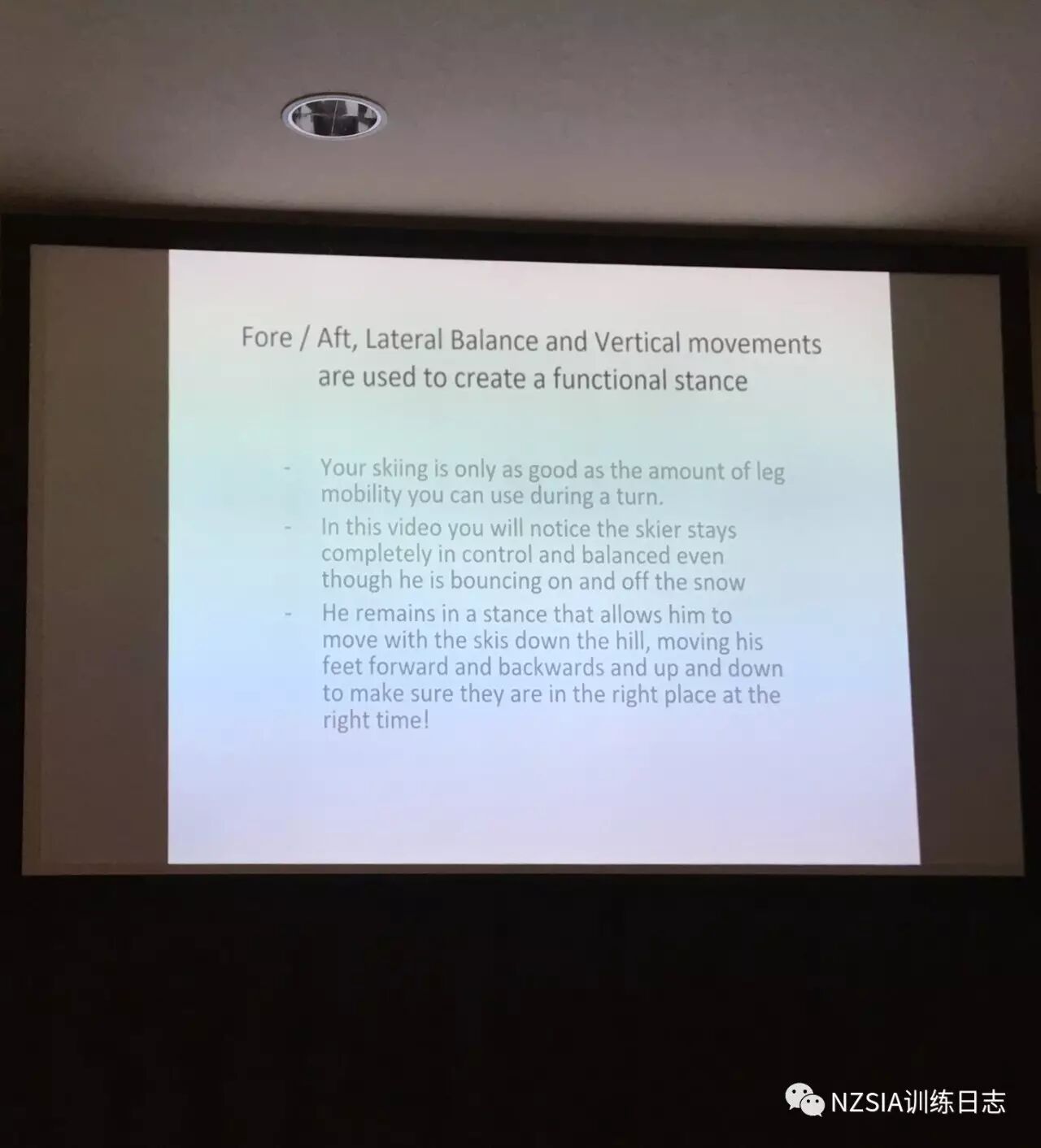
Axial rotation and lateral movement are used to flip and twist the snowboard, enabling it to follow curved paths. These two movements create the effect of separating the upper and lower parts of the board, allowing you to skillfully control the snowboard and dynamically adjust its edge angle—key to executing a dynamic turn.
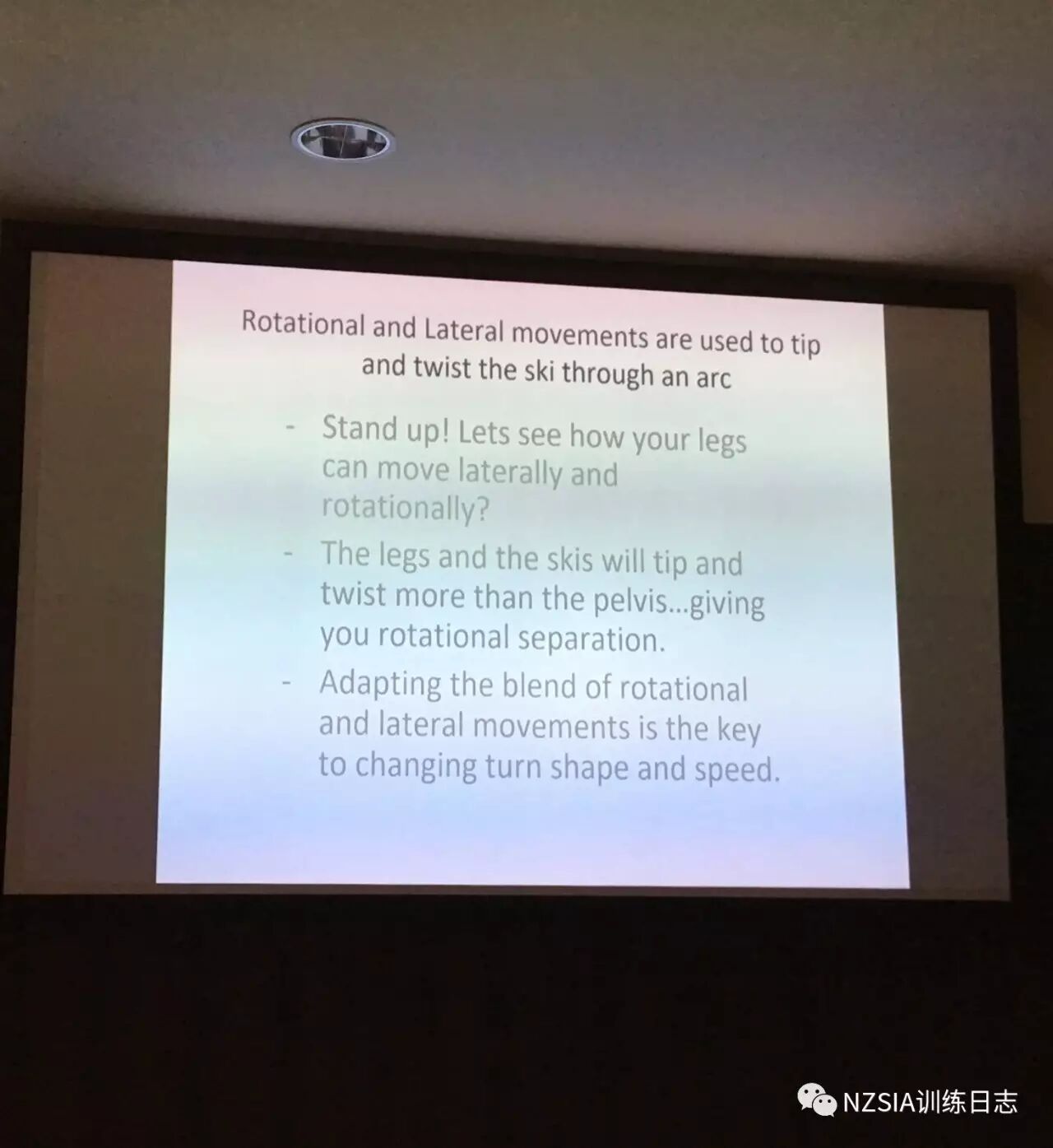
Lateral balance is achieved by relying on the outer edge—my observation is that the faster you go and the more you prioritize stability, the more critical it becomes to maintain balance on the outer edge. This is especially true in competitive skiing techniques, as Josh even shared plenty of videos featuring the legendary Shiffrin to prove his point, haha.
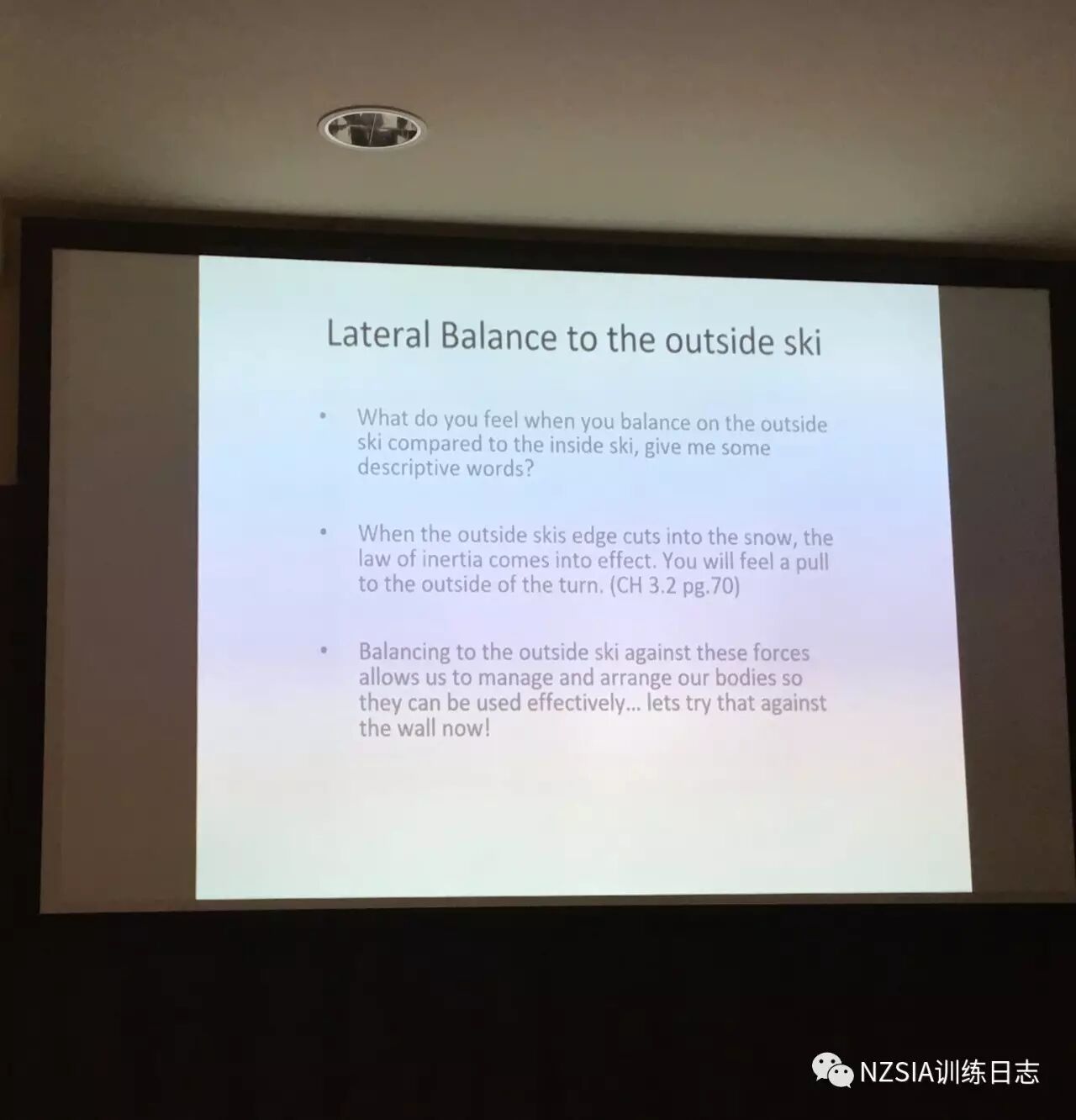
Finally, ensuring smooth and seamless turns is both a highly demanding standard—and an essential skill that must be demonstrated to students as the correct gliding trajectory. Honestly, it’s incredibly challenging.
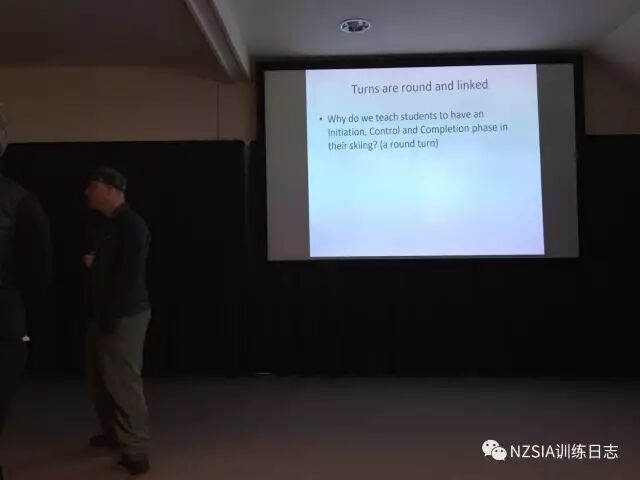
Examiner Brendan, profile view…
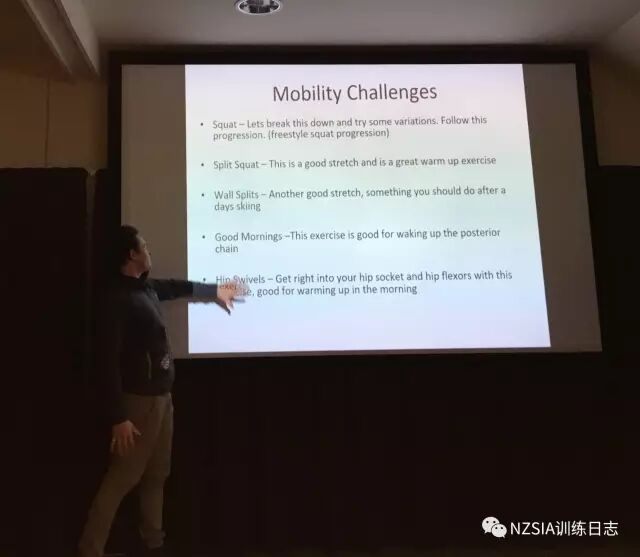
Josh has a great profile—it’s safe to say he’s a handsome guy. As for mobility, we’ve already had three days of classes so far. Aside from two half-day indoor sessions, the other two days were packed with grueling aerobic workouts, and one day focused on anaerobic exercises. That’s actually why there are so many stunning scenic photos! The importance of your core muscles and core strength is constantly being emphasized—just like the athletic stance itself. I’ll make sure to share some of the training methods I’ve picked up as soon as possible.
It’s 2 a.m. locally—launching this public account doesn’t require everyone to fully understand or be overly accommodating. Feel free to approach the upcoming content with a critical eye, ready to learn and draw inspiration from it. My only goal is to accurately share the right skiing principles while also pushing myself to study, grasp, and integrate these ideas—so I can minimize mistakes and genuinely improve my own skiing skills over time.
Since I’ve come here no matter what, I’m determined to become a legend!
Tomorrow marks the grand opening of Treble Cone—Mount Three Cones—for its first day. With 40 to 60 cm of "backlogged" snow, it’s officially a joke, so I’d better hit the hay quick!
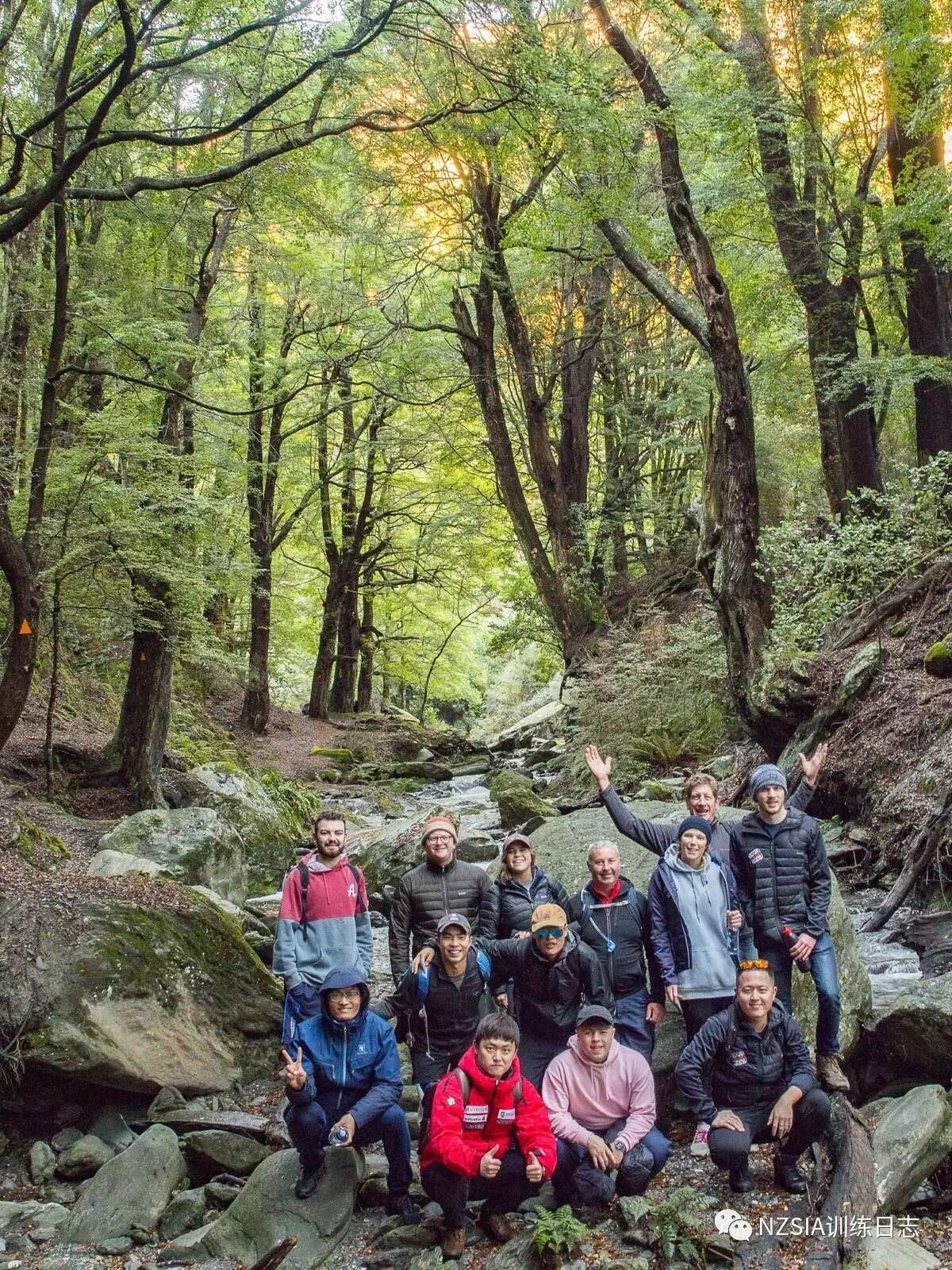
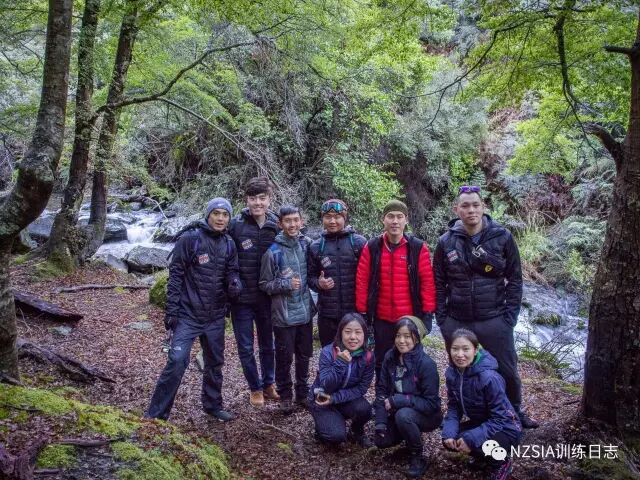
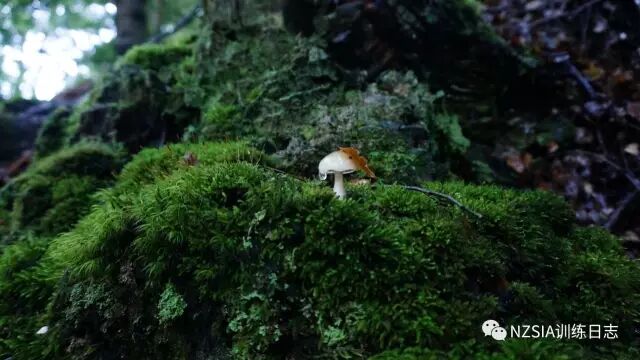
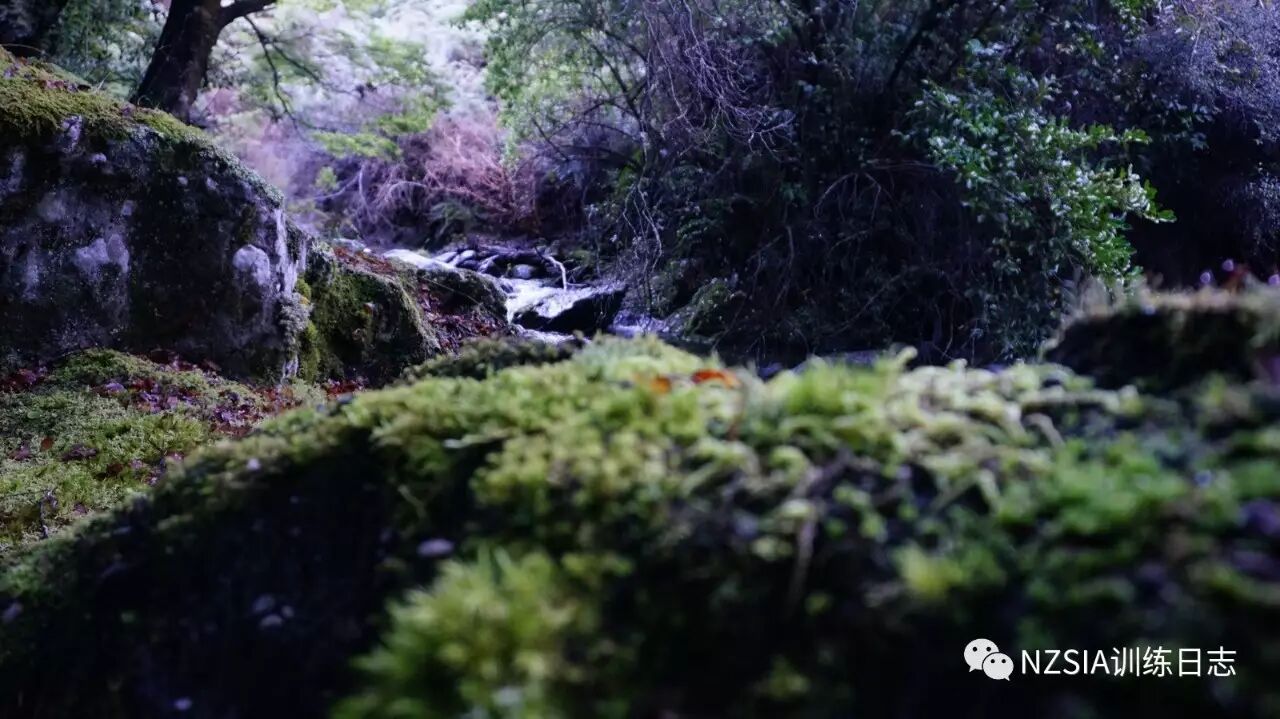
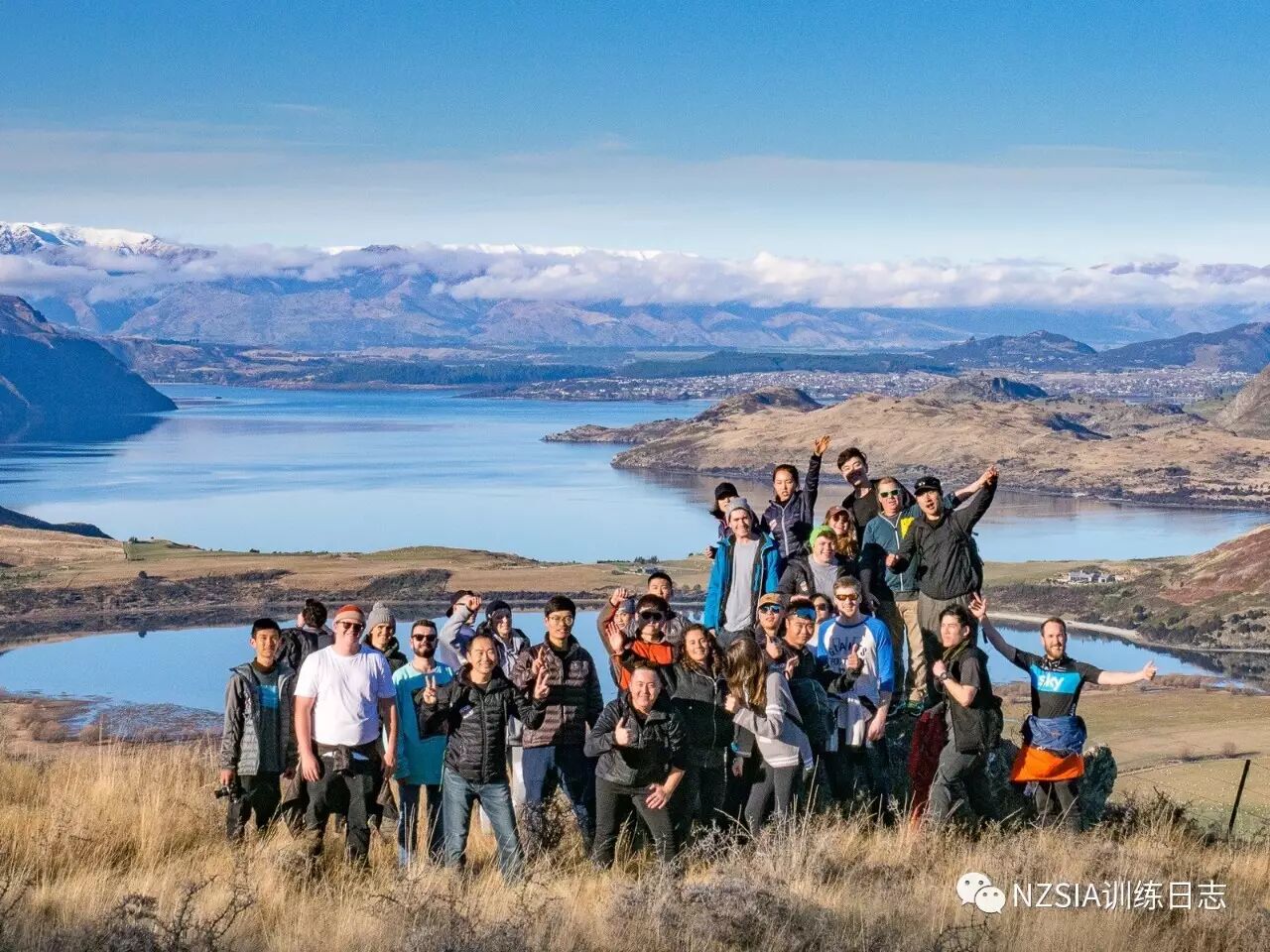
Some content has been edited and revised. Click to read the full article or scan the QR code below to follow the "NZSIA Training Journal" WeChat official account.
